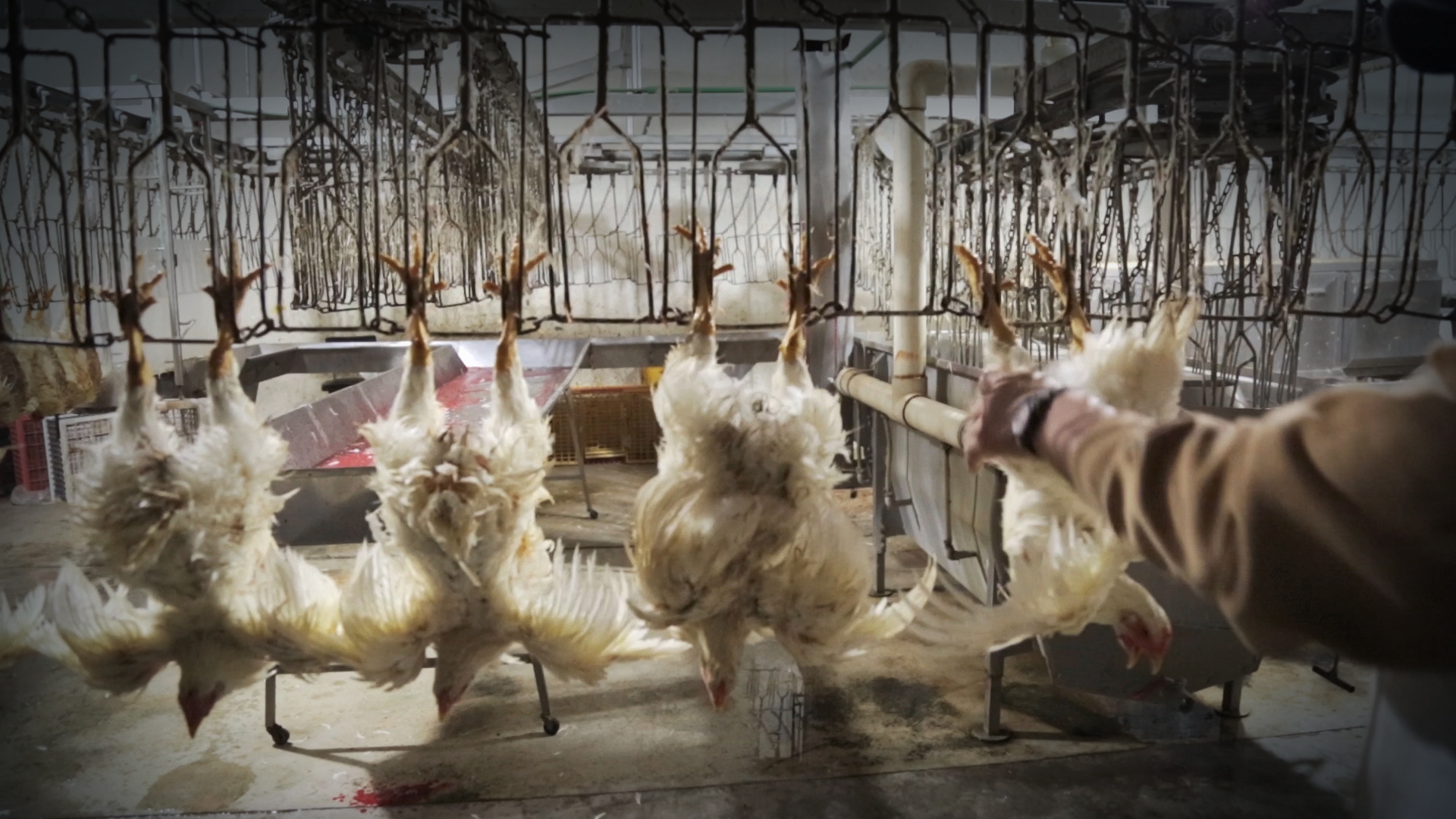When contemplating the intricacies of our food systems, the image of a slaughterhouse emerges as a visceral crossroads—a place where the value of life meets the demand for sustenance. The ethics surrounding slaughterhouses evoke a plethora of questions: Is the practice of killing animals for food inherently cruel? Do the conditions in which these animals are kept and ultimately killed contribute to a broader philosophy of abuse, or is it merely a necessary facet of human existence?
The foundation of this dialogue lies in the juxtaposition of necessity and cruelty. The metaphor of the “food chain” often casts a shadow of inevitability over the act of slaughter, presenting it as an essential part of nature. Yet, the same nature that necessitates death also instills a profound narrative of interconnectedness among all living beings. To categorize the act of killing purely as an adaptation for survival neglects the complexities of our ethical landscape. Is it justifiable, then, to impose such a fate upon sentient beings, particularly when alternative sources of nourishment abound?
At the heart of the argument is the challenge of defining what constitutes “abuse.” The standards of humane treatment in slaughterhouses vary significantly across cultures and legal jurisdictions. In many regions, the term “humane slaughter” is utilized, leading to the erroneous belief that killing can be performed compassionately. This notion can be exceedingly misleading, as the act of taking a life, regardless of the manner in which it is done, raises severe ethical concerns. It invites scrutiny of the systemic practices that prioritize profit over the welfare of the animals involved.
One salient issue is the living conditions of animals prior to their slaughter. Industrial agriculture often casts animals into an existence replete with confinement, deprivation, and distress. Both physical and psychological well-being are compromised in pursuit of efficiency. In this industrial machine, animals are frequently viewed not as vibrant beings worthy of respect but as commodities, mere cogs in the relentless wheel of production. This metaphor of commodification starkly illustrates the ethical quandary of whether such practices align with our moral responsibility towards fellow sentient creatures.
Many advocates propose that to frame the conversation around slaughterhouses and ethics, one must first acknowledge the inherent qualities of animals themselves. They are not merely biological entities existing for human consumption; they are sentient beings capable of suffering and possessing their own intrinsic value. Ethical theories, such as utilitarianism, challenge us to consider the balance of suffering incurred against the satisfaction derived from eating meat. In this light, the question resurfaces: Does the pleasure derived from consumption justify the harm inflicted?
The role of culture cannot be ignored in discussions surrounding animal slaughter. Culinary traditions steeped in history often dictate dietary choices, creating a rich tapestry that influences societal norms and values. In many societies, meat consumption is synonymous with celebration and community bonding. However, such traditions should not safeguard practices that are fundamentally unethical; rather, they should evolve to reflect a growing understanding of animal rights and welfare.
As alternatives to meat become more ubiquitous, the discussions surrounding slaughter may oscillate towards the philosophical—one that questions whether humanity’s dependency on animal agriculture is an artifact of ignorance or an enduring habit of convenience. Lab-grown meat, plant-based diets, and sustainable agricultural practices beckon us toward a future where the necessity to kill for food is no longer a forgone conclusion. With innovations in food technology, we stand at a cul-de-sac, challenging the entrenched ideology that slaughter is an unassailable aspect of our diets.
Critics of animal agriculture argue that slaughterhouses embody the epitome of ethical transgression. Eyewitness accounts of the conditions within many industrial slaughterhouses reveal a grim reality. Workers often face psychological turmoil due to the nature of their work, and animals are subjected to procedures laden with suffering, often kept in cramped, unsanitary environments. This environment raises questions about not only animal welfare but also the ethical implications for those who work in such settings. Desensitization to suffering can lead to a moral disengagement impacting societal empathy.
In contrast, supporters of moderate animal husbandry and humane practices posit that, when conducted with care and ethical treatment, the killing of animals for food can be justified. They argue that death, in itself, is a natural part of existence. However, one must consider whether killing for food is merely an anachronism in an age where ethical considerations should lead us towards kindness rather than survivalism.
Ultimately, the query of whether killing for food is always abuse is embedded within a swirling pool of ethical, cultural, and practical considerations. It is incumbent upon society to re-evaluate our relationship with animals, the food we consume, and how these actions align with our moral obligations. Striking a balance between the need for food and the respect for life conjures a need for reflection—one that strives to establish practices that honor the dignity of all beings. A shift towards compassion in our food systems may be the first step in redefining our ethical framework, liberating ourselves from the constraints of outdated paradigms, and embarking on a more humane and interconnected existence.






